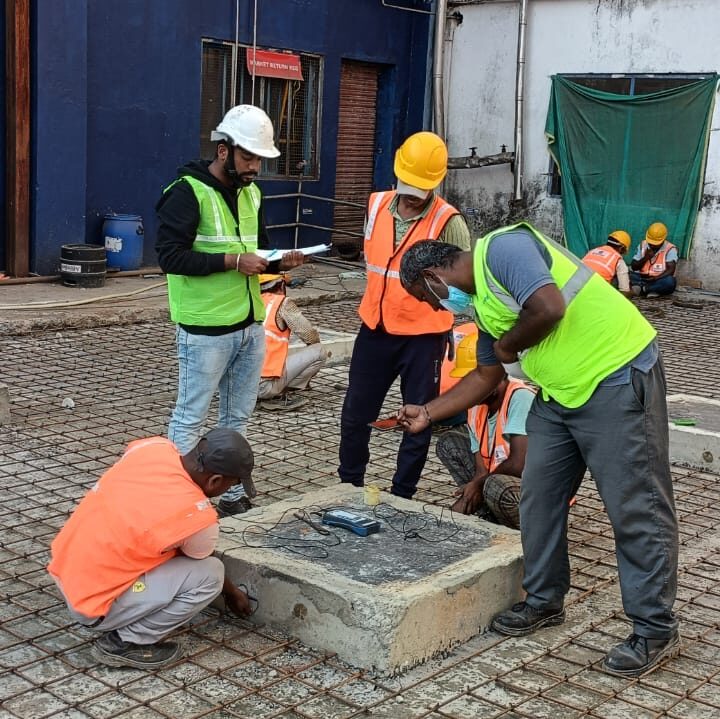Description
This blog delves into the importance of post-failure investigations in geotechnical engineering, with a specific focus on the failure of earthen dams.
Body
Introduction
Geotechnical engineering plays a crucial role in ensuring the stability and performance of various structures, including earthen dams. These dams are essential for water storage, flood control, and irrigation purposes. However, when an earthen dam fails, the consequences can be catastrophic, leading to significant loss of life and property. In such cases, post-failure investigations become critical to understanding the causes, identifying lessons learned, and implementing measures to prevent future failures.
Significance of Post-Failure Investigations:
a) Determining the root causes: Investigating the failure provides valuable insights into the underlying factors that contributed to the collapse. Understanding the causes is crucial for rectifying design flaws, construction errors, or maintenance deficiencies.
b) Enhancing public safety: Analyzing dam failures helps in developing better design and construction practices, as well as improved monitoring and maintenance techniques, ultimately reducing the risk to public safety.
c) Improving engineering knowledge: Every failure presents an opportunity to expand the understanding of geotechnical engineering principles, geology, and soil mechanics.
Failure Modes of Earthen Dams:
a) Overtopping: When the reservoir water level exceeds the capacity of the dam to contain it, overtopping occurs, leading to erosion and potential breach of the dam.
b) Piping and internal erosion: Seepage through the dam or foundation can erode soil particles, creating preferential flow paths.
c) Slope instability: Poor construction practices, inadequate compaction, or changes in pore water pressures can result in slope instability, causing a catastrophic failure of the dam.
d) Structural deficiencies: Flawed design, inadequate reinforcement, or poor maintenance can lead to structural weaknesses, making the dam susceptible to failure.
Investigative Techniques and Tools:
a) Geotechnical drilling and sampling: Drilling boreholes near the failed area allows for soil sampling and laboratory testing to determine the properties and behavior of the materials involved.
b) Geophysical surveys: Techniques like ground-penetrating radar and seismic refraction can provide information about subsurface conditions, such as soil layering and presence of voids.
c) Laboratory testing: Soil samples collected from the site are subjected to a range of tests, including grain size analysis, consolidation tests, shear strength tests, and permeability tests, to understand the material properties and behavior.
d) Numerical modeling: Advanced computer modeling techniques help simulate the failure mechanisms, assess stability conditions, and validate design assumptions.
e) Small-scale model studies: Model studies can be conducted in laboratory to simulate the failure and understand the reasons for failure.
Lessons Learned and Preventive Measures:
a) Improved design guidelines: Insights gained from failure investigations lead to the development of better design practices, including increased factors of safety and consideration of potential failure modes.
b) Construction and quality control measures: Enhancing construction techniques and enforcing strict quality control measures during dam construction can help prevent errors and ensure the integrity of the structure.
c) Enhanced monitoring systems: Implementing comprehensive monitoring systems allows for the early detection of potential issues, enabling timely intervention and risk mitigation.
d) Regular maintenance and inspection: Establishing routine maintenance programs and conducting regular inspections aid in identifying and addressing issues before they escalate into significant problems.
At ProVatsalya, our extensive experience in conducting post-failure investigations for the Khandeswarwadi and Manjra dams has provided us with valuable insights into the properties of soil, the reasons behind their failures, and the site-specific modes of failures. These investigations have enabled us to gain a comprehensive understanding of the factors contributing to dam failures and have helped us develop effective strategies to prevent similar incidents in the future.


